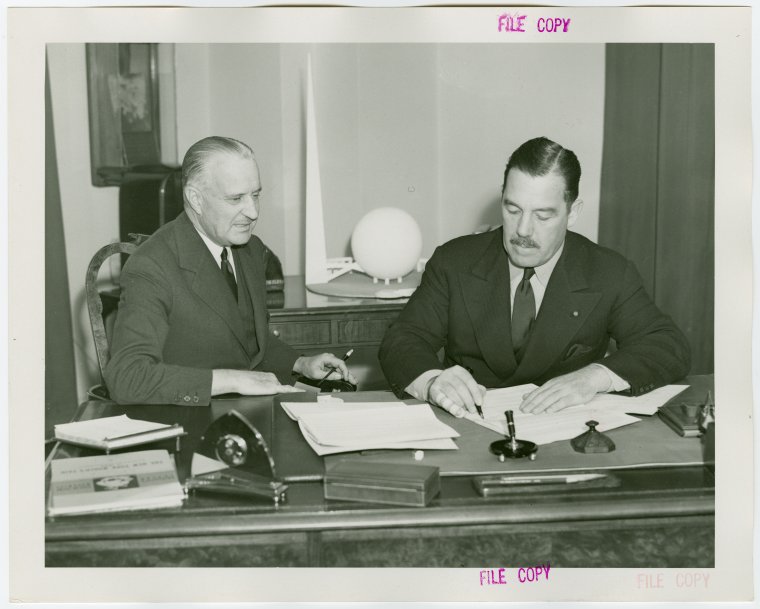I get this question probably once a year: What does I T S mean under my signature on the contract?
They are looking at the signature block at the end of an agreement and see this:
SELLER:
By:_______________________________________
Name: ___________________________________
Its:_______________________________________
Yeah, right there. I T S, otherwise, better known as “its,” the possessive form of “it.” The blank is for the person signing the contract to write in his or her title to show why they have authority to bind the company to the contract. So it might be its president, its managing member, or its chief marketing officer.
The reason for the title to be there is to confirm that the person signing CAN actually sign and obligate the company to act in accordance. If the person signing is the slushie-machine filler, they probably don’t have the authority to make a decision about a commercial during the Super Bowl. It’s a way to make sure the contract is binding. The reason it says “Its” instead of “Title” is a choice of the drafter. It doesn’t have to be “Its,” and most people don’t even notice or ask about it.
However, those who do notice, are puzzled, and ask are the best clients. They are the ones actually reading and thinking about the contract. They want to understand what is going on, and by asking, they are sending the signal that they care. Once I explain the “its,” I usually get an embarrassed, “Oh, jeez! That was a stupid question. I should have known” in response. But I always assure them that it wasn’t stupid to ask and to ask more questions. Nothing is worse than not understanding what you are signing. It is never a stupid question if it helps you understand your contract.
That means if you have a question, ASK! I promise it won’t be the silliest one that I have heard. I would rather you ask and know the answer, than you sit and wonder what something means. Trust me, we will look much more stupid if the question comes up in litigation due to a misunderstanding than it does before everything is signed.

